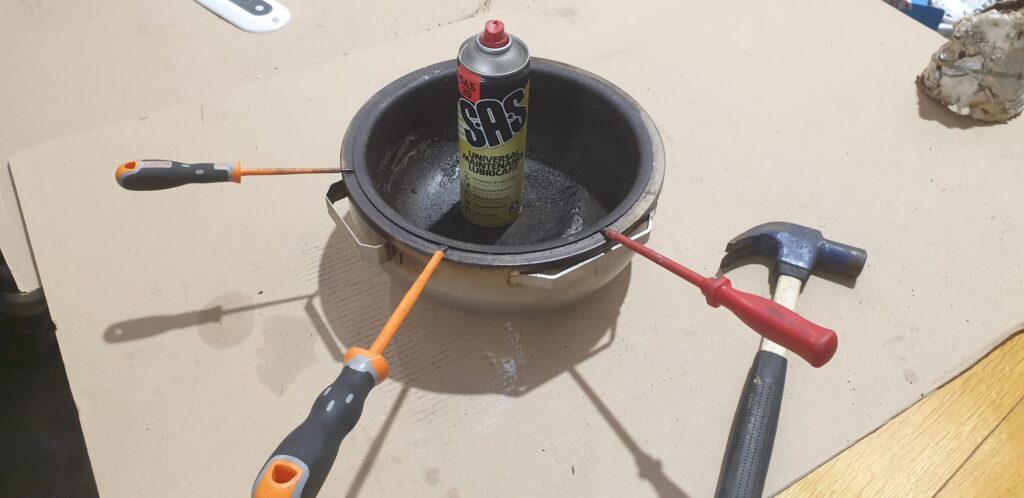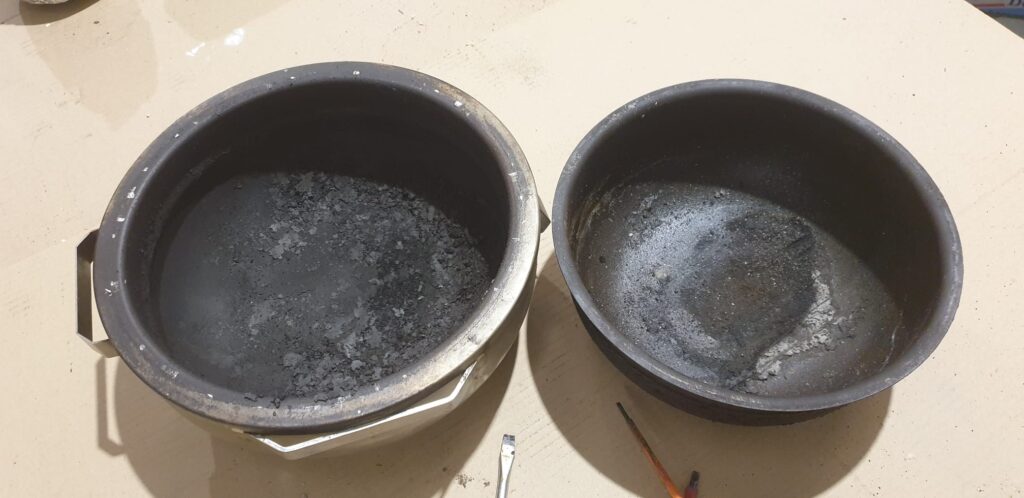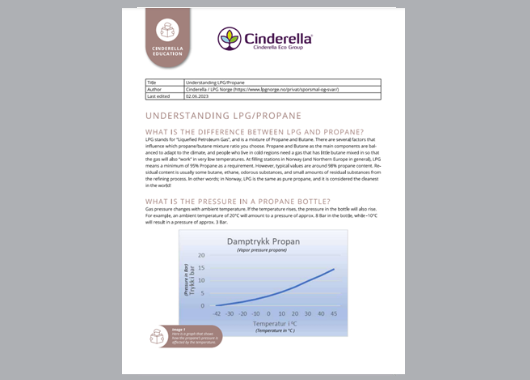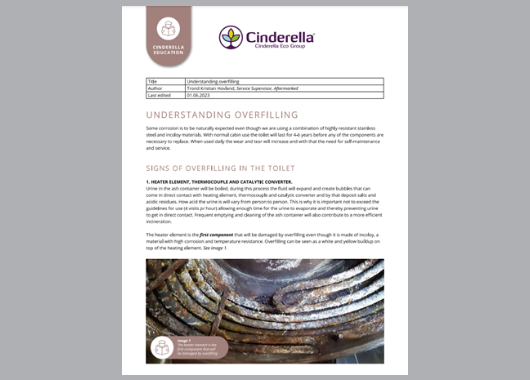Operation FAQ’s
How much gas does the Freedom toilet use?
a) From a cold start the toilet will use 180 grams per incineration.
b) If the toilet is used while it is still hot it uses less gas. For example, 2 or 3 consecutive flushes will use 150 grams per incineration and 4 -5 flushes will use 130 grams per flush.
Can you dispose of sanitary products?
If hygiene products are deposited into the toilet, they will burn with the next incineration cycle. Pure cotton products are okay, but sanitary liners containing plastic will potentially block up the catalytic converter.
What do I clean it with?
No need to use harsh chemicals, the bowl/seat/outside of toilet can be cleaned with water or vinegar. Wet wipes can be used for an easy clean and incinerated after use.
Do you need to flush each time?
Yes, if the waste sits in the liner without ‘flushing’ the moisture from the waste will soak through the liner within 20mins and this would make the liner stick to the bowl. The golden rule – one usage, one liner, one flush. The risk of over-filling is to great and wrong usage means warranty is void. When too much urine enters at once it can come very close to the rim of the container and boil up on to the heat element that then wears down much quicker.
When should the ash container be emptied?
We advise after every 50 liners used. Best practice would be for a 2 – 4 person household to empty the ash pan once per week, when doing the weekly cleaning.
At what degree does the incineration occur?
550 -600 degrees Celsius.
When can a 2nd person use the toilet?
a) As soon as the first person has closed the lid and flushed the toilet, the 2nd person can use the toilet. The incineration process will pause when the lid is lifted and start again when flushed.
b) If more than 2 people use the toilet it would be good to leave it a few minutes between uses.
Can I touch the inside of the bowl during incineration?
When the lid is lifted the incineration will stop and the fan will keep running, meaning that the bowl will be warm to touch. But will not burn you.
How many AMP hours does the Freedom toilet require per incineration?
The average AMP consumption is 1.3 AMP and the incineration time is 1.17 hours. Based on this you will need 1.52 AMP hours per flush. (Calculation 1.3 x 1.17 = 1.52 AMP hours).
Maintenance Hints & Tips
Heating Circuit Error - Reset Advice
In hot weather there might be a few of these errors occurring if ventilation into and out of your Cinderella is not as it should be.
Check that the air inlet is not clogged. There shouldn’t be any mesh or filters, but if there are remove, or at least clear them.
Ensure the flue is clear and had it’s annual sweep.
If you get an error message “Error Heating Circuit” it indicates that the temperature inside the cover has reached 80C.
To resolve this:-
- Disconnect from the power supply.
- Leave for 15 minutes before reconnecting.
- Unscrew the grey cover on the unit RHS as you look at it.
- You will see the RED button.
- Push the button softly and you will feel it click and reset the unit.
- Replace the grey plug and use the unit as normal.
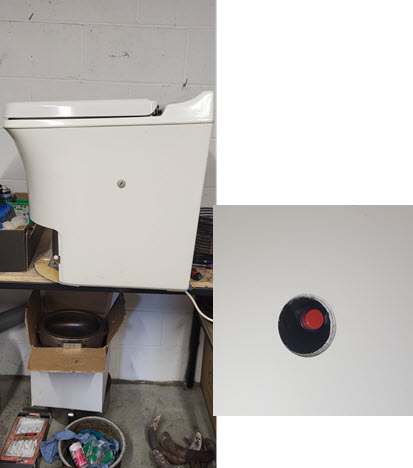
What to do with a Stuck Steel Liner
If you get a stuck steel liner in your ash container, coat rim with penetrating spray and allow time for it to work, then with a little gentle persuasion using several flat blades gradually prise them apart.
Remove any contaminants and thoroughly clean and dry the inner and liner surfaces before putting them together.
Sand the top of the liner and rim of the combustion chamber to ensure a good seal when the ash container is in place.
Give the element or burner tube a brush to remove any contaminants which will reduce corrosion and extend their life.
